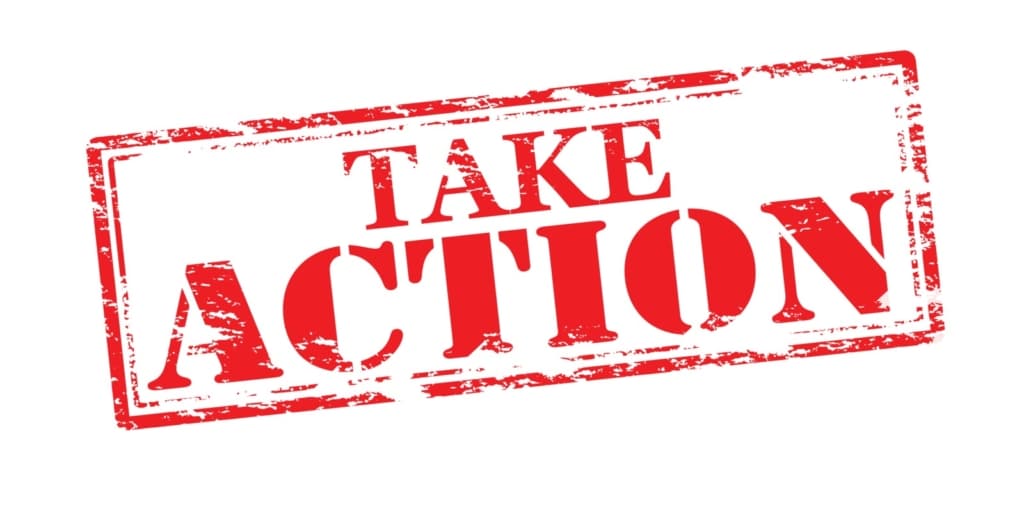Real estate investment can be a lucrative venture, offering both financial security and the potential for significant returns. However, many new investors find themselves trapped in a cycle of overthinking and analysis paralysis, which prevents them from taking the crucial step of actually investing. If you’re a new real estate investor struggling with analysis paralysis, fear not! This guide will provide you with practical strategies to overcome your fears, make informed decisions, and begin your journey towards building a successful real estate portfolio.
1. Educate Yourself, But Set Limits
Knowledge is essential in real estate investment, but too much information can lead to analysis paralysis and inaction. Start by building a foundational understanding of real estate basics, investment strategies, and market trends. However, set a limit to your research – decide on a specific timeframe for learning, after which you’ll commit to taking action. You’ve never heard of real estate investor who made a fortune conducting never-ending research (they aren’t an investor, they’re just a researcher).
The fact is, even the most successful real estate investors have imperfect knowledge. But those same investors understand that they don’t know what they don’t know. Only by taking action to move forward can they discover what they don’t know, address the missing knowledge and skill requirements, then resume moving forward. Hoping to learn everything there is to know before buying your first property is impossible! If you wait until you know everything you will never buy a single property.
Mastery of a subject can only come from study AND action!
2. Clearly Define Your Goals
One of the main causes of analysis paralysis is not having clear investment goals. Are you looking for long-term rental income, short-term flips, houses, apartments, condos, etc? Define your financial objectives, risk tolerance, and investment timeline. Having well-defined goals will help you focus on the properties and strategies that align with your vision.
3. Start Small
Instead of diving into a complex investment deal right away, consider starting with a smaller, less intimidating project such as a low-cost single-family home that is in fairly good condition. Starting small allows you to gain valuable experience and build confidence while minimizing the risk associated with larger investments. And buying a property that doesn’t need a lot of renovation work will take less time, money and effort to get ready to rent to tenants.
4. Embrace Imperfect Decisions

Realize that there is no such thing as a perfect investment decision. All investments carry some degree of risk, and waiting for the “perfect” opportunity can lead to missed opportunities altogether. Accept that you will make mistakes along the way, but these mistakes are valuable learning experiences that will contribute to your growth as an investor.
5. Set a Decision-Making Framework
Develop a decision-making framework that outlines the criteria you’ll use to evaluate potential investments. This could include factors like location, property condition, potential for rental income or appreciation, and your budget. Having a structured approach to decision-making can help you feel more confident in your choices.

In the book The Checklist Manifesto, author Atul Gawande reveals the power of simple checklists for making decisions and for avoiding disaster. As a surgeon, Gawande helped to develop a checklist for The World Health Organization that is used to prevent common errors made in operating rooms around the globe before, during and even after surgery. The book also gives examples of investment fund managers who developed simple checklists to help them pick sound investments and eliminate questionable investments.
By using simple “rules of thumb,” a checklist can help you zero in on properties that are worth further consideration. But also, a checklist can help you quickly discard properties that don’t fit your criteria or that would likely be a poor investment.
Start your own checklist, and begin applying it to properties that you evaluate. As you learn more, make adjustments to your checklist so your investment selection gets better over time.
6. Break Tasks into Smaller Steps
The prospect of investing in real estate can be overwhelming. To combat this, break down the process into smaller, manageable steps. In addition to the investment selection checklist mentioned above, create a checklist of tasks such as
- Property research
- Due diligence
- Financing options
- Negotiation
- Etc.
Tackling each step individually can make the process feel less daunting.
7. Network and Seek Advice
Connect with experienced real estate investors, mentors, or industry professional such as Kurzner Group. Join local real estate investment groups, attend seminars, and engage in online forums. Hearing about others’ experiences and insights can provide you with a realistic perspective and help you feel more confident about your decisions.
8. Visualize Success and Failure
Imagine both successful and unsuccessful outcomes of your investments. This visualization exercise can help you confront your fears and anxieties. While you should focus on positive outcomes, understanding the worst-case scenario can make it seem less frightening.
9. Take Action, Even if It’s Small
Ultimately, the key to overcoming analysis paralysis is to take action. Start with a small step, such as visiting properties, speaking with real estate agents, or setting up meetings with lenders. Each action you take will build your confidence and move you closer to your goal of becoming a successful real estate investor.

Go Get ‘Em
Analysis paralysis can be a significant obstacle for new real estate investors, but it’s not insurmountable. By educating yourself, setting clear goals, starting small, and developing a decision-making framework and checklist, you can overcome your fears and take confident steps toward building a successful real estate portfolio. Remember, the most important thing is to take action – even if it’s a small one. With each step, you’ll gain experience, confidence, and the ability to navigate the exciting world of real estate investment.
Need help finding properties? Kurzner Group works almost exclusively with real estate investors to help them build their portfolios. We can do the same for you. Visit our Real Estate Investing page to learn more and get in touch with us. Or you can schedule a free consultation with Greg Kurzner.




